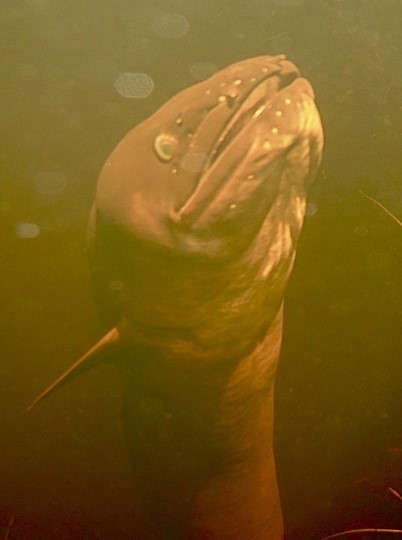Ducks are cute, eels aren’t - and it’s costing them their lives.
Residents are being asked not to harm or remove eels (tuna) from ponds after reports of netting them to protect ducklings.
Council Environmental Services Senior Freshwater Regional Advisor Matthew Bloxham says eels show a pond’s life-support capacity is good, but when ducklings hatch, they get hunted.
“As a freshwater predator, tuna play a key role in regulating other animal populations. That’s critical for species like mallard ducks, which have few natural predators.”
He says ducks can be a nuisance, exploiting resources and breeding quickly. Their numbers have given rise to other control methods, such as shooting.
“Long-finned eels, which can live to be 100 years old, with females growing to be almost two metres and 24kgs, are most likely to prey on ducklings. That’s natural, even if it can be disturbing to witness."

“The demise of other native freshwater fish has meant there are fewer prey items available, which makes ducklings an important source of protein for tuna, which have pressures enough that they don’t need misguided behaviour like trapping,” Bloxham says.
There are three native eel species. Long fin eels are threatened and being found only in New Zealand, their plight is precarious.
Protecting eels is critical because they breed only once before dying. Mature eels leave our rivers, enter the sea and swim thousands of kilometres to an area known as the Tongan Trench, where females lay eggs that are fertilised by the male.
Auckland Council has a no-take plant and animal policy in its reserves - including waterways - and moving native fish to a new waterway requires a Conservation Department or Ministry for Primary Industries permit.
The 21 local boards across the city are urging the public to play their part and create a more secure future for tuna, starting with refraining from fishing in reserve land, but also by taking measures to improve habitat.
Retaining, rather than removing wood from streams, and planting trees and tree ferns along channel edges so their roots project and form hiding holes is one of a number of things the public can do.


